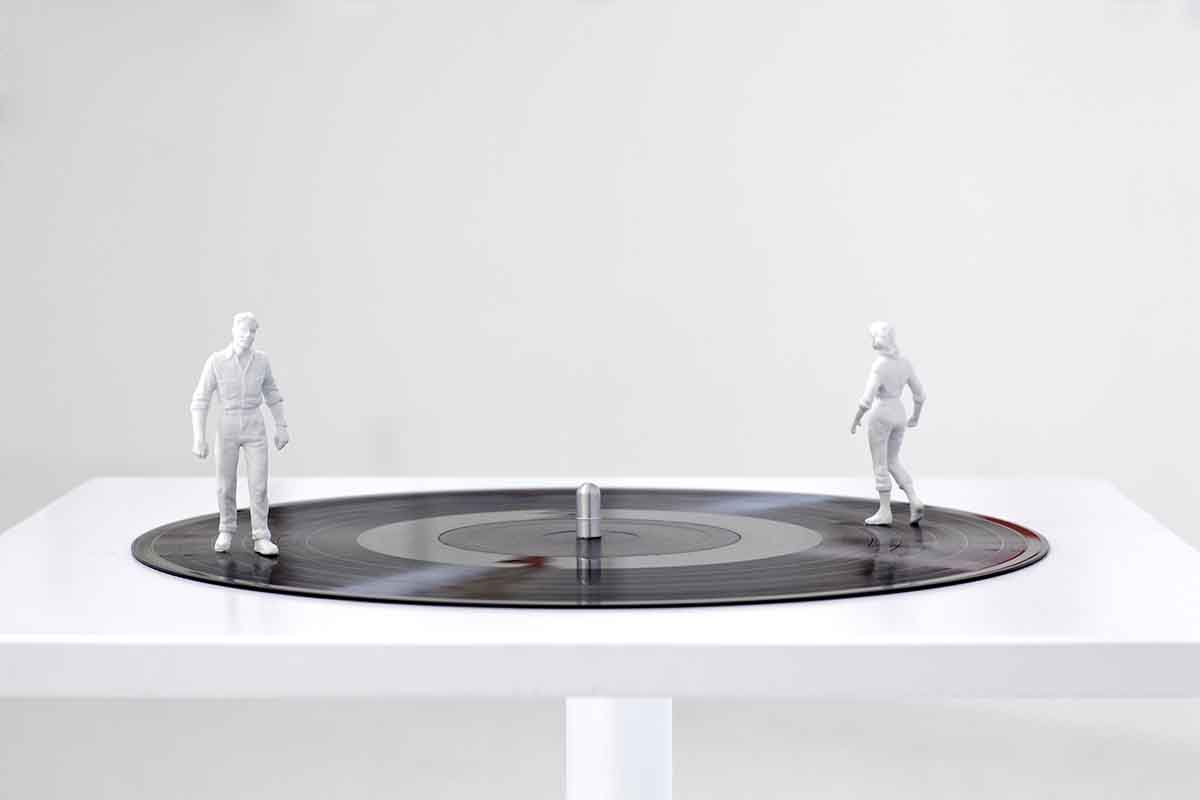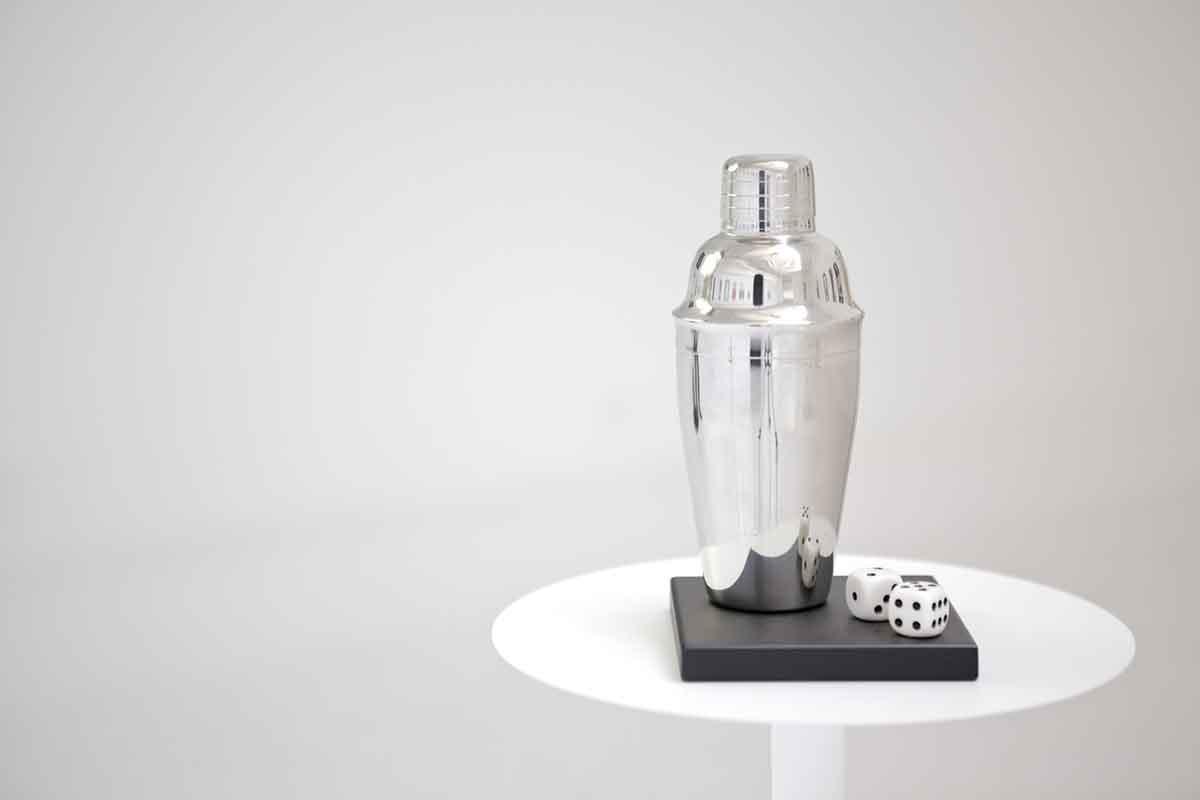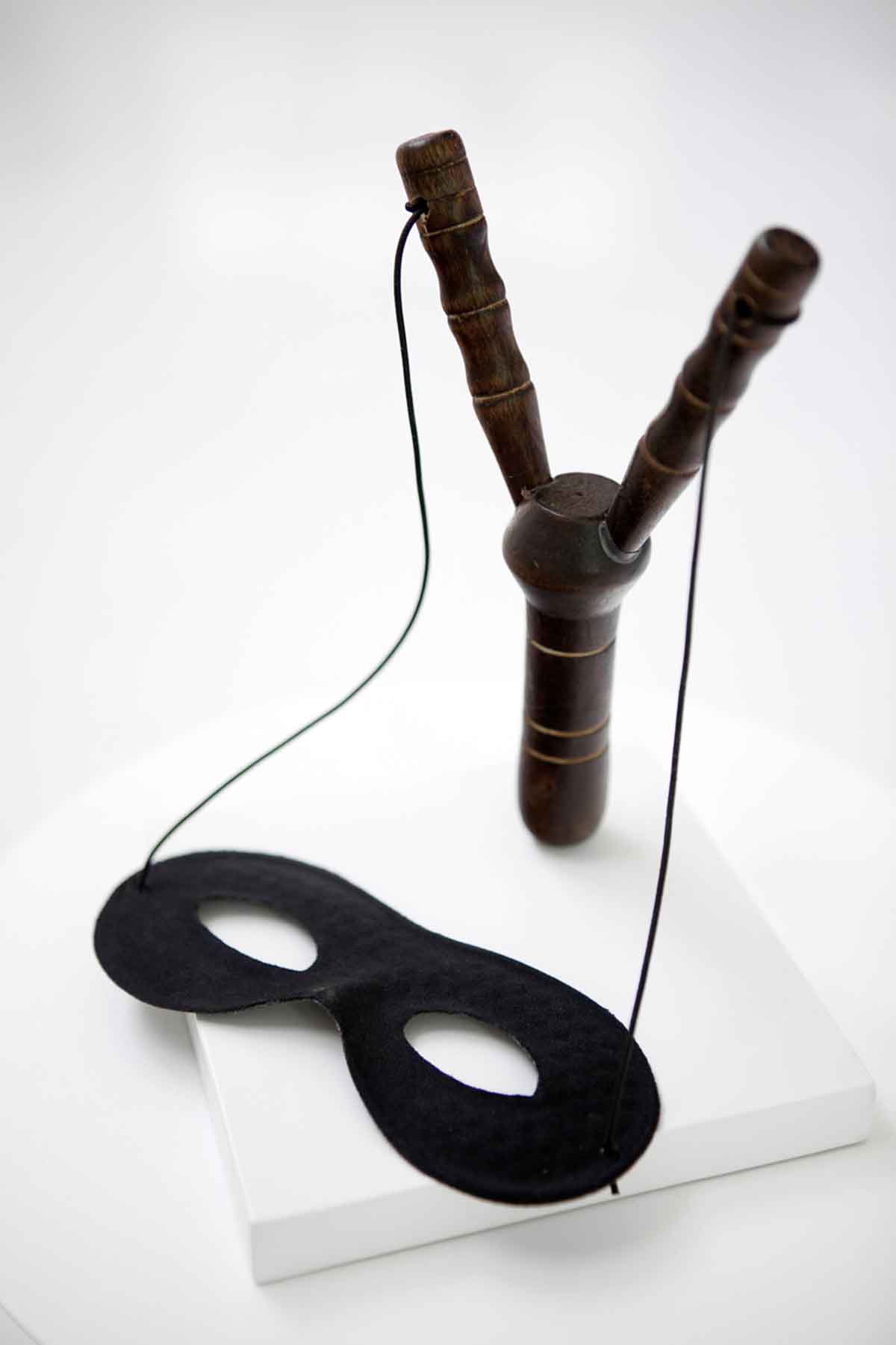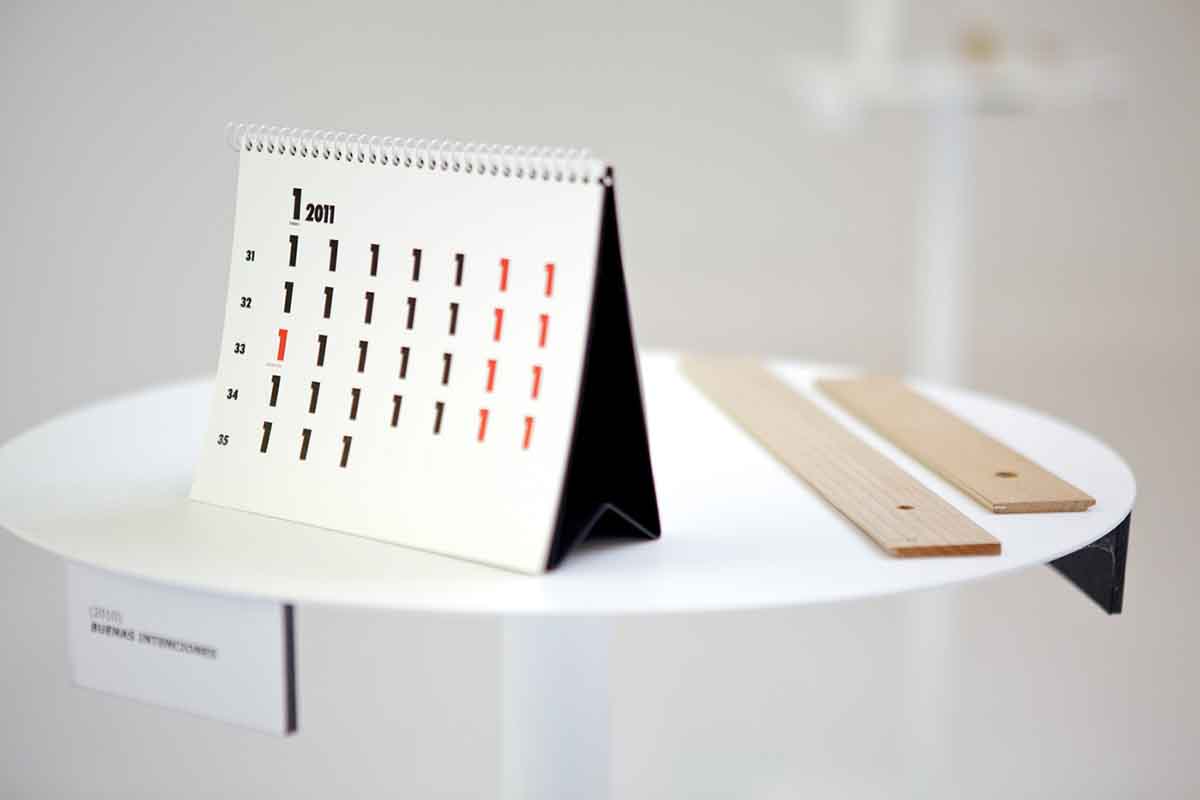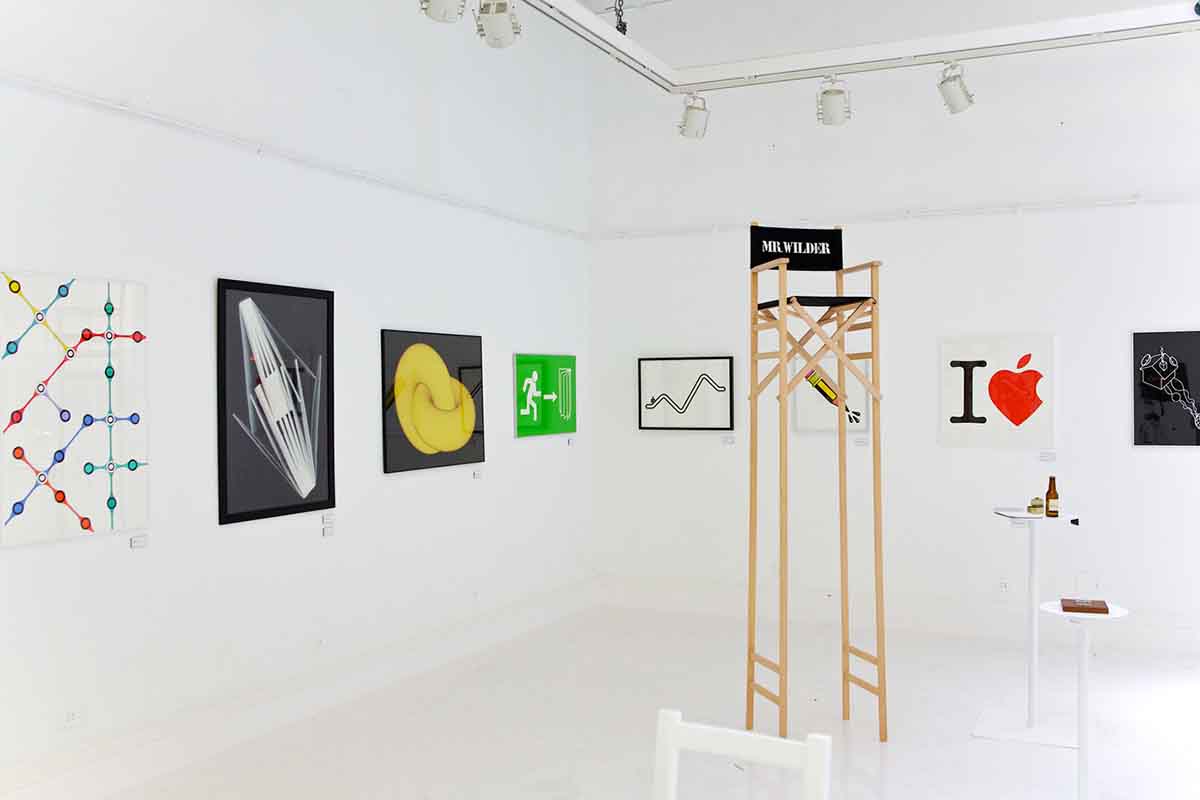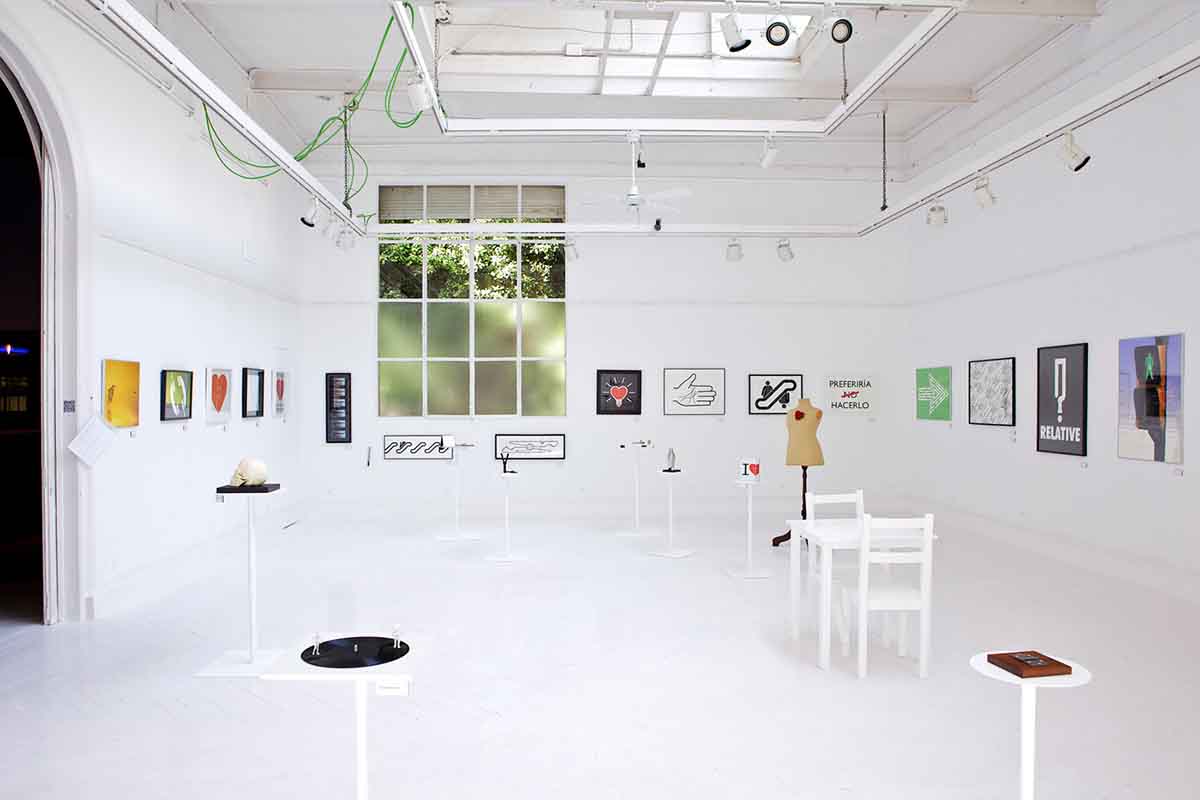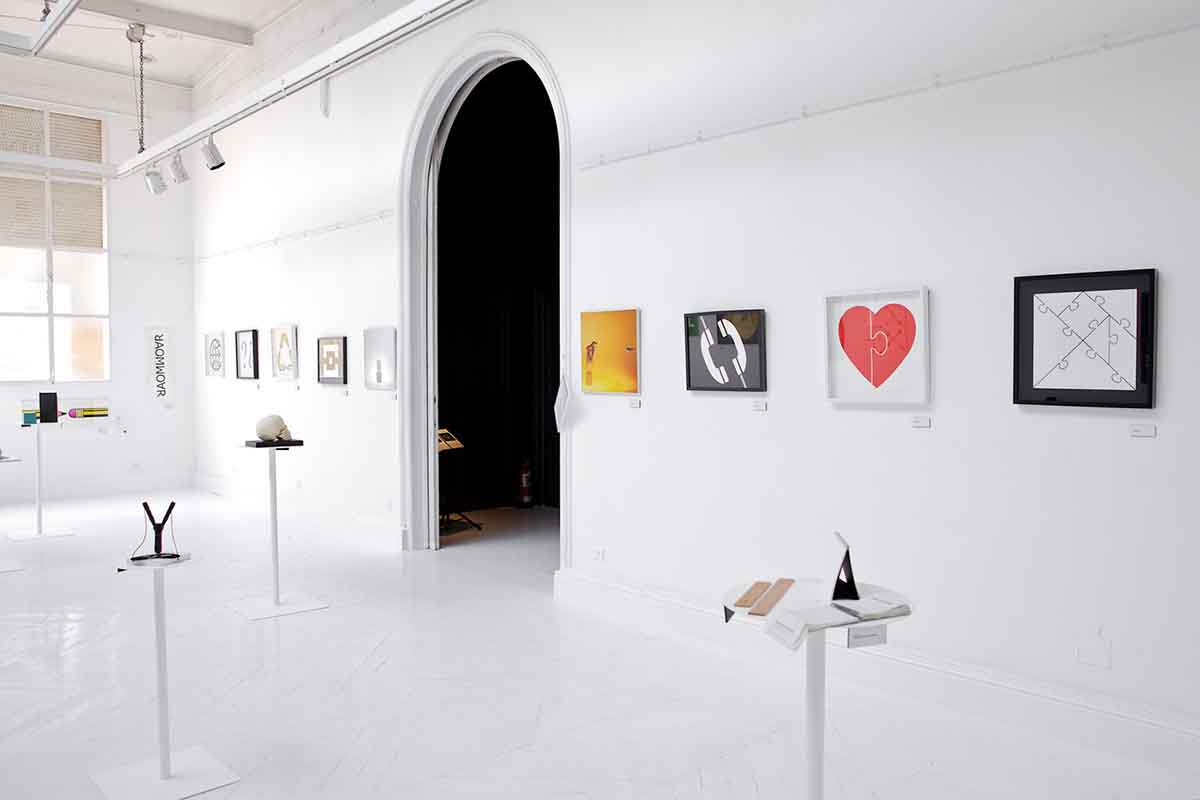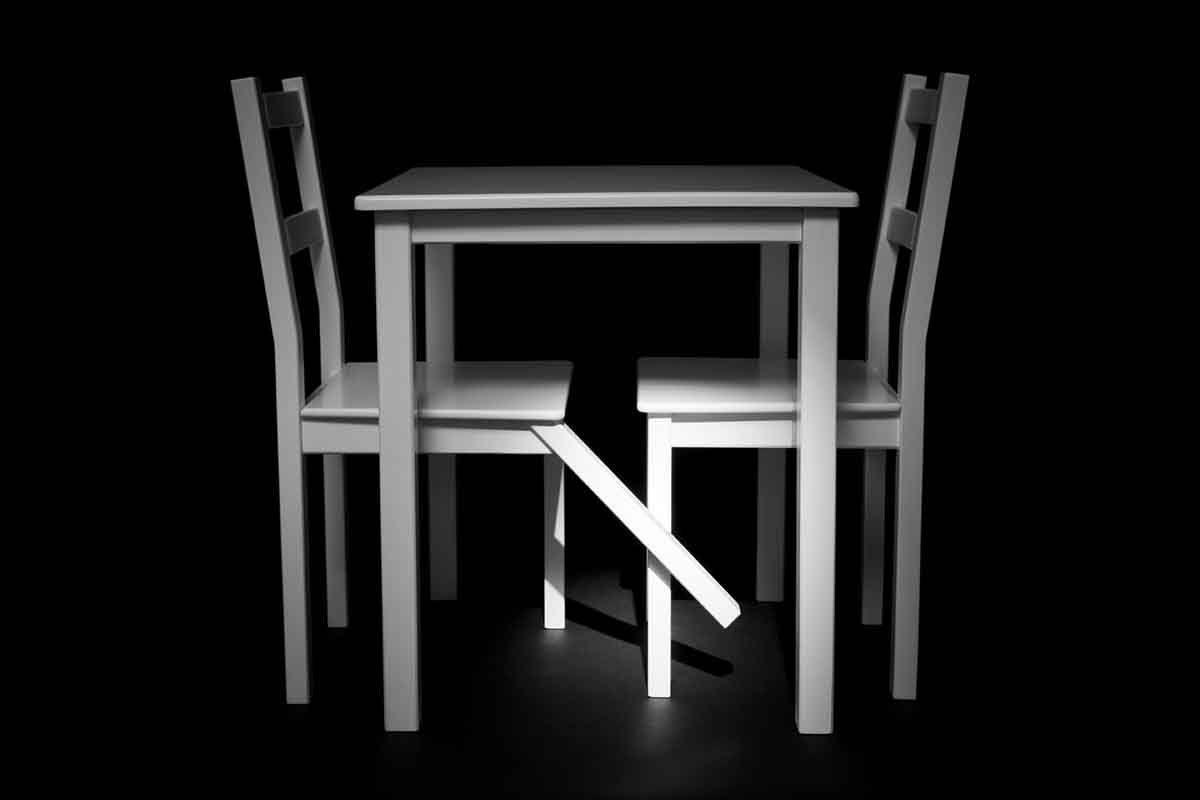
La ironía es la erótica de la dialéctica
díez+díez
19/09/12. (Sala 288)
FUNCTION FOLLOWS FORM
WHICH FOLLOWS FUNCTION
WHICH FOLLOWS…
The Díez brothers don’t like their name being joked about. Neither do they like being called 10, 20 because there are two of them nor Ten Brothers or anything of the kind. They are very serious guys, although they now allow dialectical irony. Neither do they like to confuse their work as serious designers, signing díez+díez design, with the creators, also serious people, but playful by signing Díez+zeíd. The truth is that their path has led them to investigate in different territories led by the irrepressible creative impulse and desire of reflection. They are among the few who like to theorize about what they do and do with a philosophy.
I guess there’s one of the two, Javier or Jose Luis who is more imaginative, and the other more rational, but they then change their roles and challenge one another by playing the opposite. Or one mellows the other or are emboldened in unison. What do I know. What is certain is that they have been betting for several years on this difficult profession-vocation called design. It’s a long pursuit in Spain, before the crisis, and now even more so.
Their work “La ironía es la erótica de la dialéctica” (The irony is the eroticism of the dialectic), could be called “Voilà” and it has been brewing up for years. There was an initial presentation of a family of pieces in Madrid and later in Vigo, but there has been “descendants”. They have now reached Sala Vinçon in Barcelona, something similar to Mecca (but smaller and up in an attic) in a native and foreign design. It’s an exhibition hall where artists like Tusquets, Sottsass, Mariscal, Castiglioni, Ron Arad, etc. have displayed their work.
The Díez brothers work on objects creating materialistic occurrences. We can say they are amazing graphics of different sizes and significance that seek a WOW effect. They want to turn visitors into sponsors of each creation. Looking at it from a different point of view, these pieces want the affection of those who contemplate them and ask to be taken away but why? To lengthen their life, this is the ultimate objective of all designs, whether it’s a utilitarian or decorative design. There is always an underlying function, whether it is to sit down, illuminate a space or your face with a smile. There is nothing absolutely useless. Form and function knows no borders.
The Díez brothers are not alone on this adventure, recreating objects. They work in a field that has an illustrious past, starting from the impossible and absurd from Carelman to the subtle visual poems by Brossa filled with bad character and the subtlety of Chema Madoz. But there are many more conceptual artists that have recreated with objects including Manzini who filled a conserve content can that no-one has opened to taste. Art and object knows no borders.
Díez+zeíd’s contribution meets several virtues. On the one hand, it injects a breath of fresh air into the strictly functional design dominated market and on the other hand it shows its amazing wit. It doesn’t fall into the gadget consumer orientated market, neither the banal joke. They are occurring concepts which merit lies in turning the idea, not always easy, or even drafts, which is a little more difficult, into reality, a real feat. Unique pieces which look for a sensitive audience and consumers. We greet their contribution as a new line in formal investigation that enriches their professional career and the horizon of Spanish design. Or object design, whatever you like.
Now, what is the use of this speculative exercise? Without a doubt more sentimental than practical. As time goes by I am more convinced that designers, despite what they say, only design what they like and then justify it. They talk about form following function, and vice versa; decorating also being a function, but not utilitarian; about mainstreaming and a return to strict discipline, bla, bla.. When the Díez brothers do serious design for mass production, the shape of the object must follow function. But now with “La ironía…”, function follows form, but not completely. What they actually want is to express their talent in the hope that someone will appreciate it and adopt it. I know that deep down they will feel very sorry to sell these pieces, they would like to keep them as though their own children, a little unruly, which they are in the sense that it is their creation. But I encourage visitors to congenial a piece and to grab it so that they continue doing more. These objects are as necessary as a chair. In the same way a cup is more useless than a poem.
Juli Capella
– Commissioner: Juli Capella
– Art director Noela Gutiérrez
